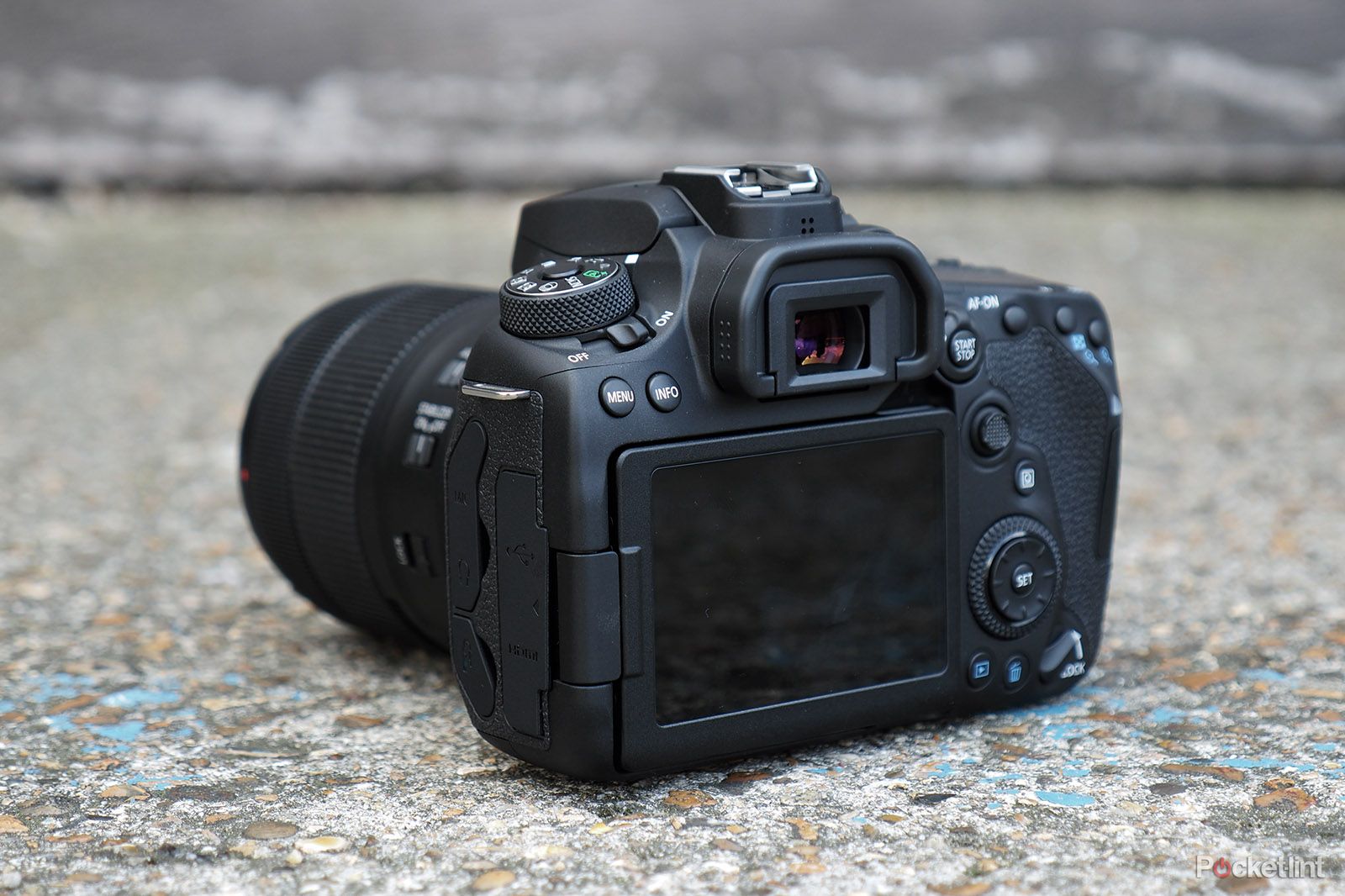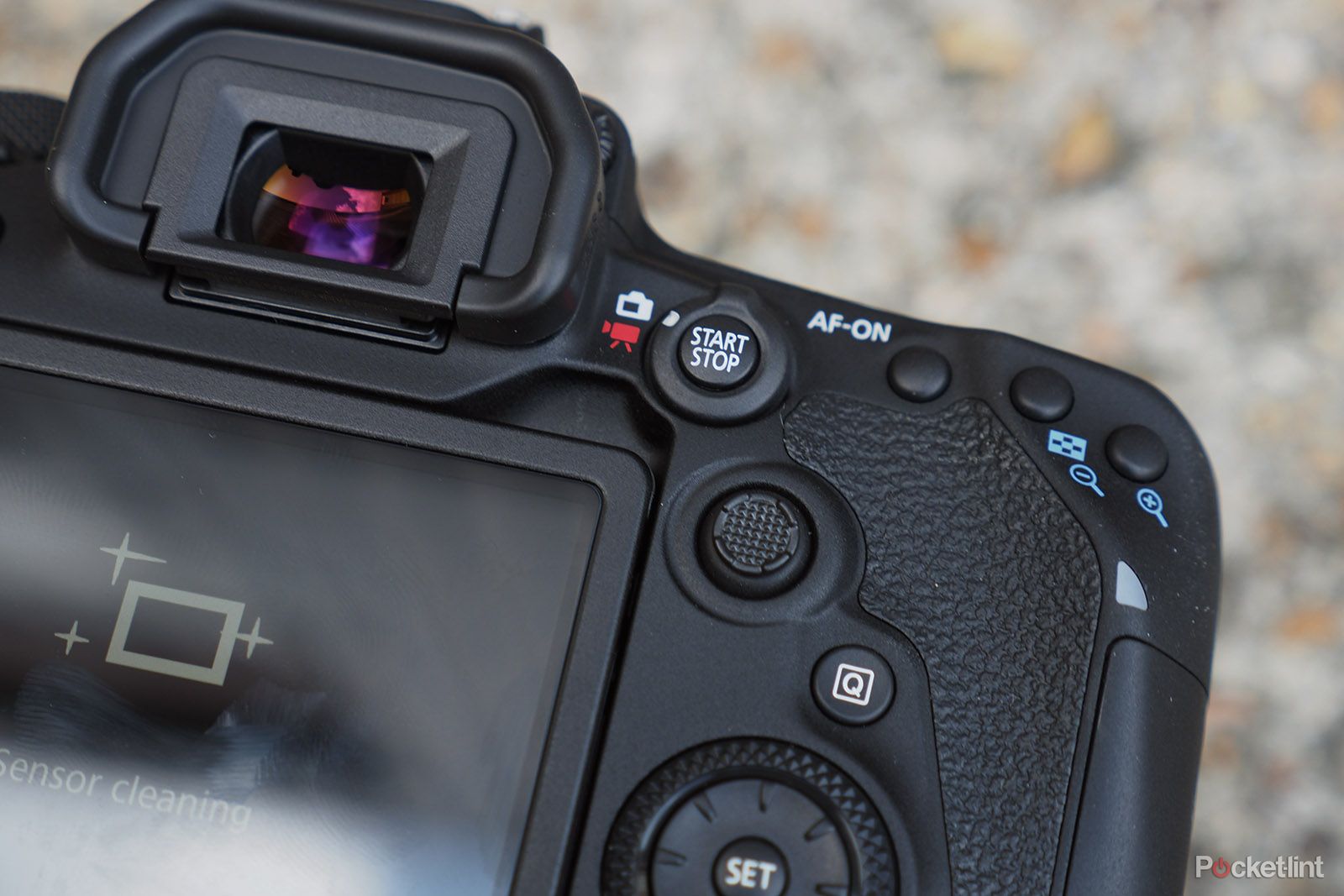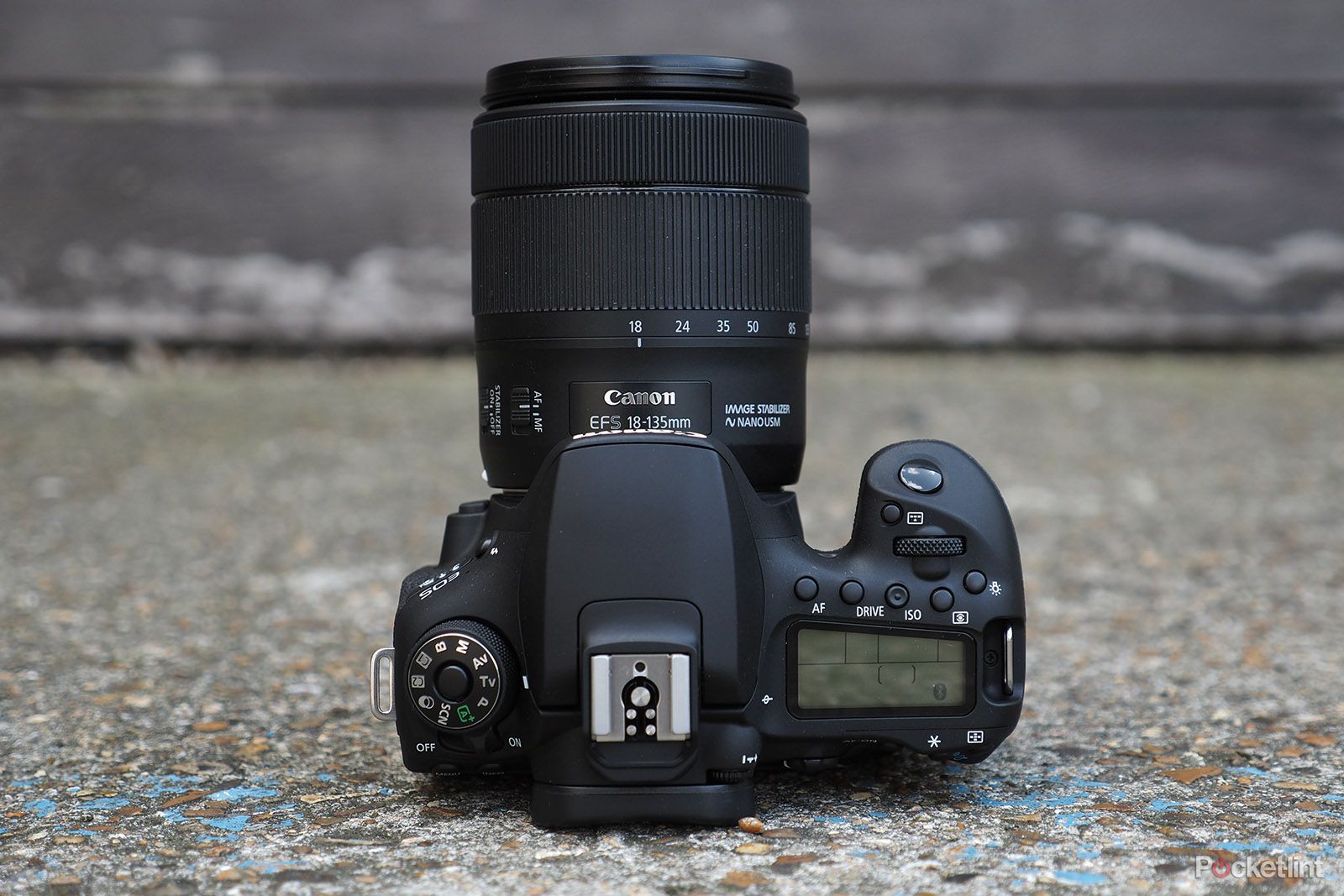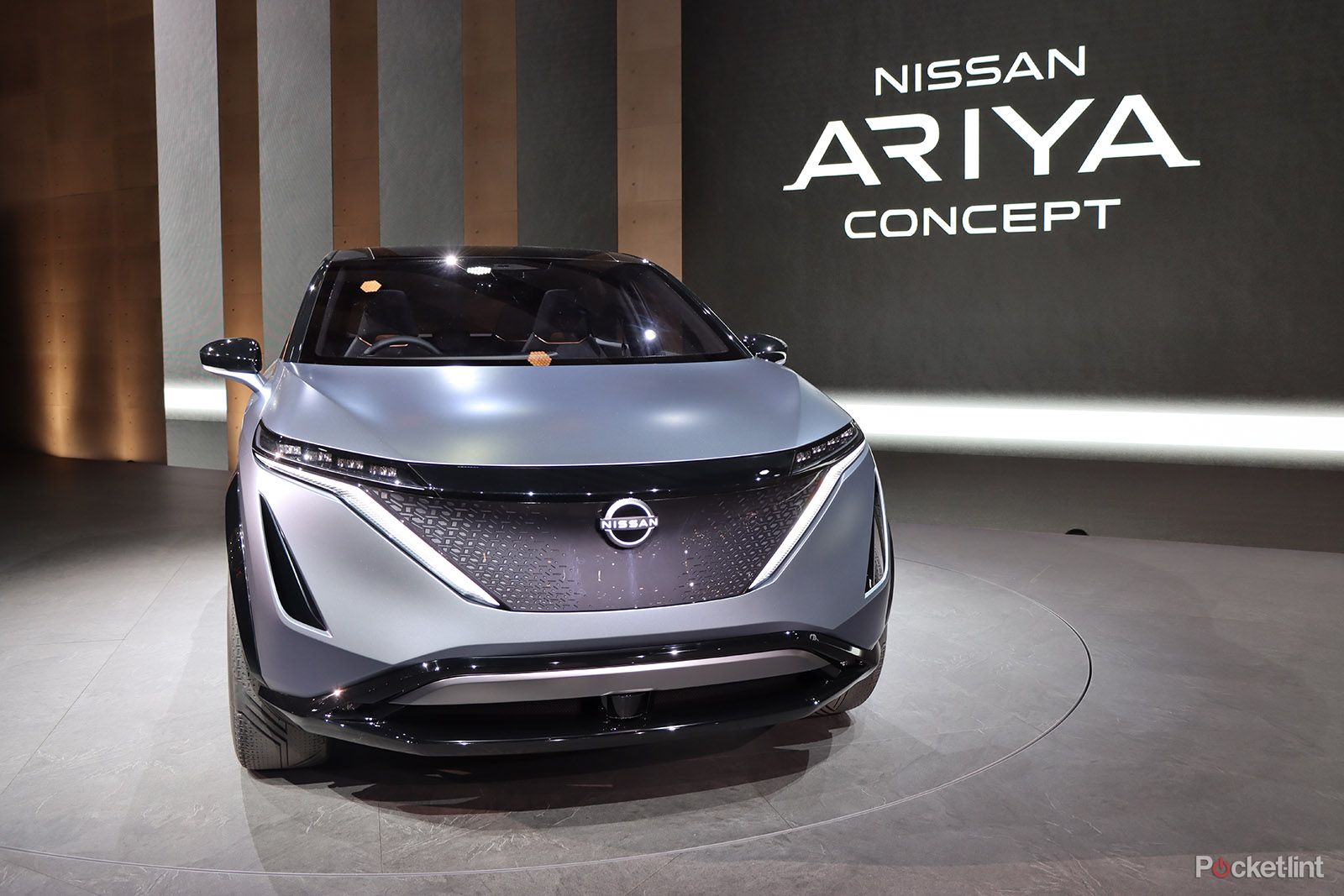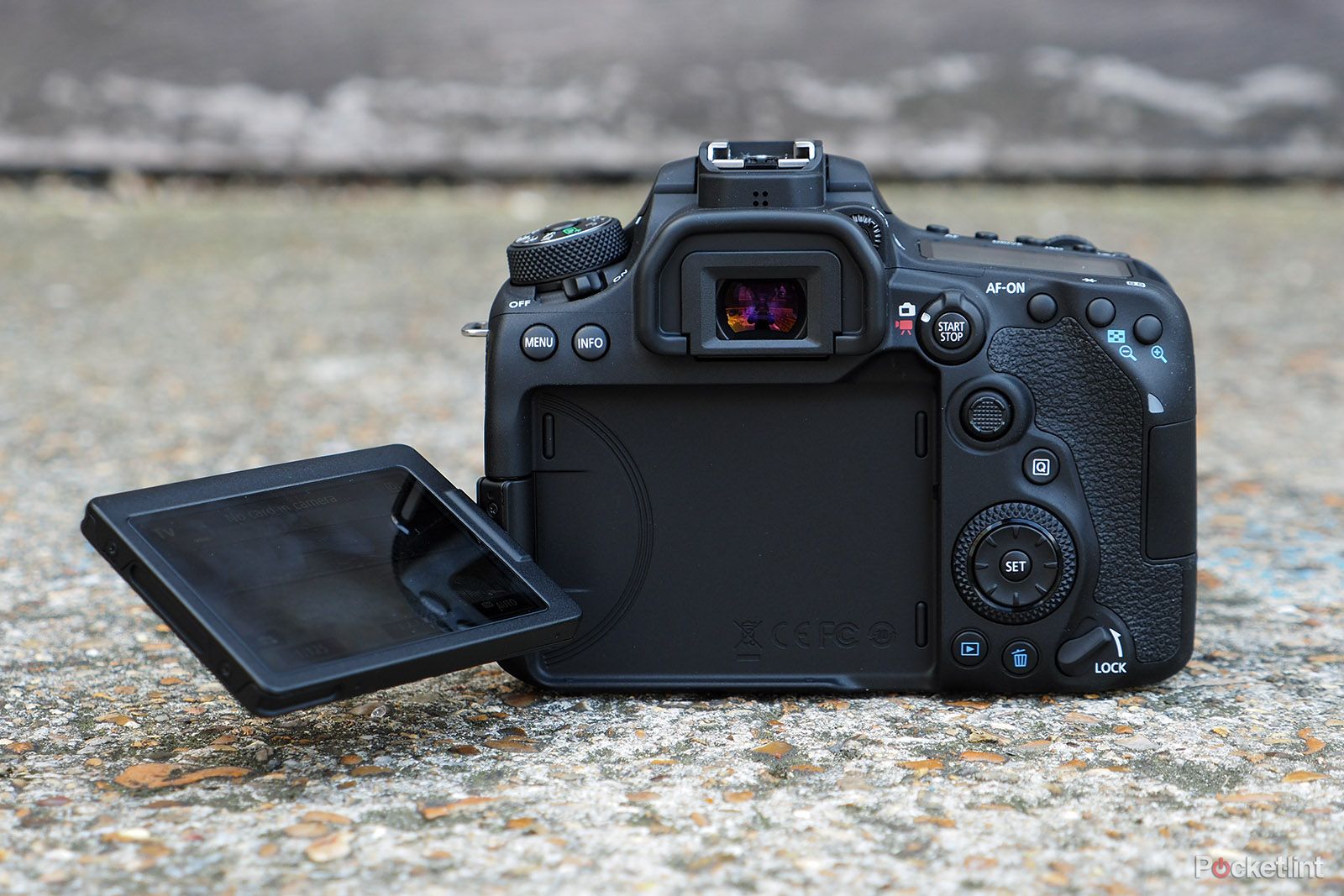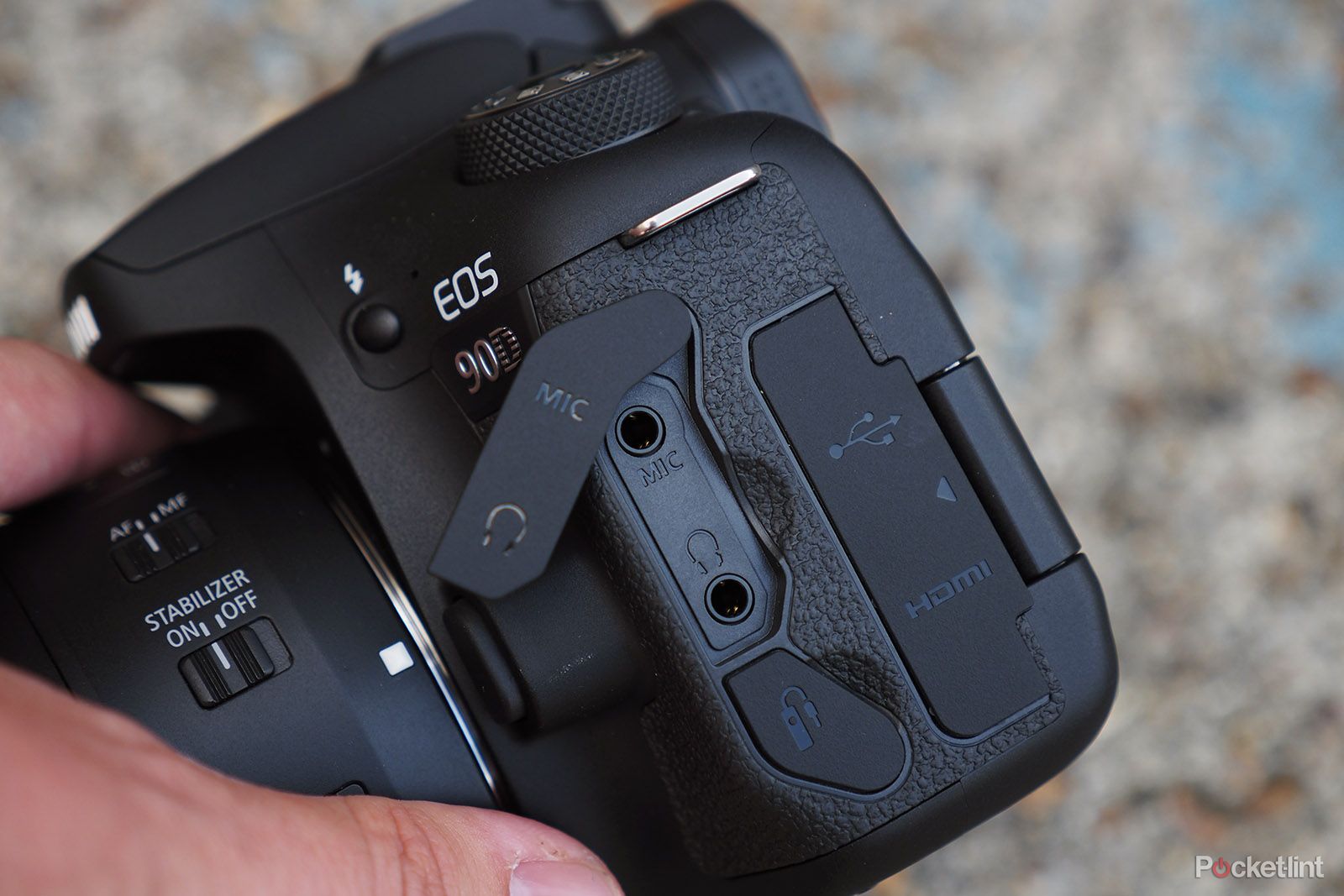We called the EOS 80D – Canon's mid-range enthusiast-focused DSLR camera – the "mid-range master" when we reviewed the camera back in 2016. Three years on, that camera has been replaced with the all-new Canon EOS 90D.
Well, we say "all-new", but you'll have to take that with a pinch of salt. After all, Canon's DSLR cameras rest in a comfortable, familiar spot – and if the design and layout changed up too much then it'd scare away prospective customers. Not so the 90D: all the familiar methods and modes can be found here, along with a smattering of new and improved features.
Key to those features is the 90D's breaking of the 30-megapixel barrier, with a 32.5MP sensor at its core. With phone cameras taking over the casual shooting market, it seems that once again the resolution race is on for the more discerning customer looking to buy a DSLR. So does the 90D make a whole lot of sense?
Our quick take
Three years after the 80D impressed us as the "mid-range master" of the DSLR market, its follow-up, the 90D, continues down much the same line. No, it doesn't reinvent the wheel, maintaining that solid autofocus system, but the significant bump in resolution and burst shooting does make it an altogether different beast.
Not everyone will be looking for the resolution, perhaps, but with the 80D knocking on death's door, the newer and altogether more capable 90D will, we suspect, once again reign supreme. Especially thanks to those added 4K video credentials. That said, however, the increase in resolution means more grain at higher ISO settings and you'll need to handle moving subjects with caution – indeed a capable lens with stabilisation and maximum aperture will be a savvy (and expensive) purchase.
The wider question is to the DSLR market as a whole. With mirrorless cameras – including the announced-in-tandem EOS M6 Mark II – there's greater interest in the all-electric solutions from the likes of Sony, Nikon and even Canon itself. Having used the 90D for a week, however, it proves there's still life in the more traditional solutions – especially when it comes to autofocus versatility and that vari-angle screen.
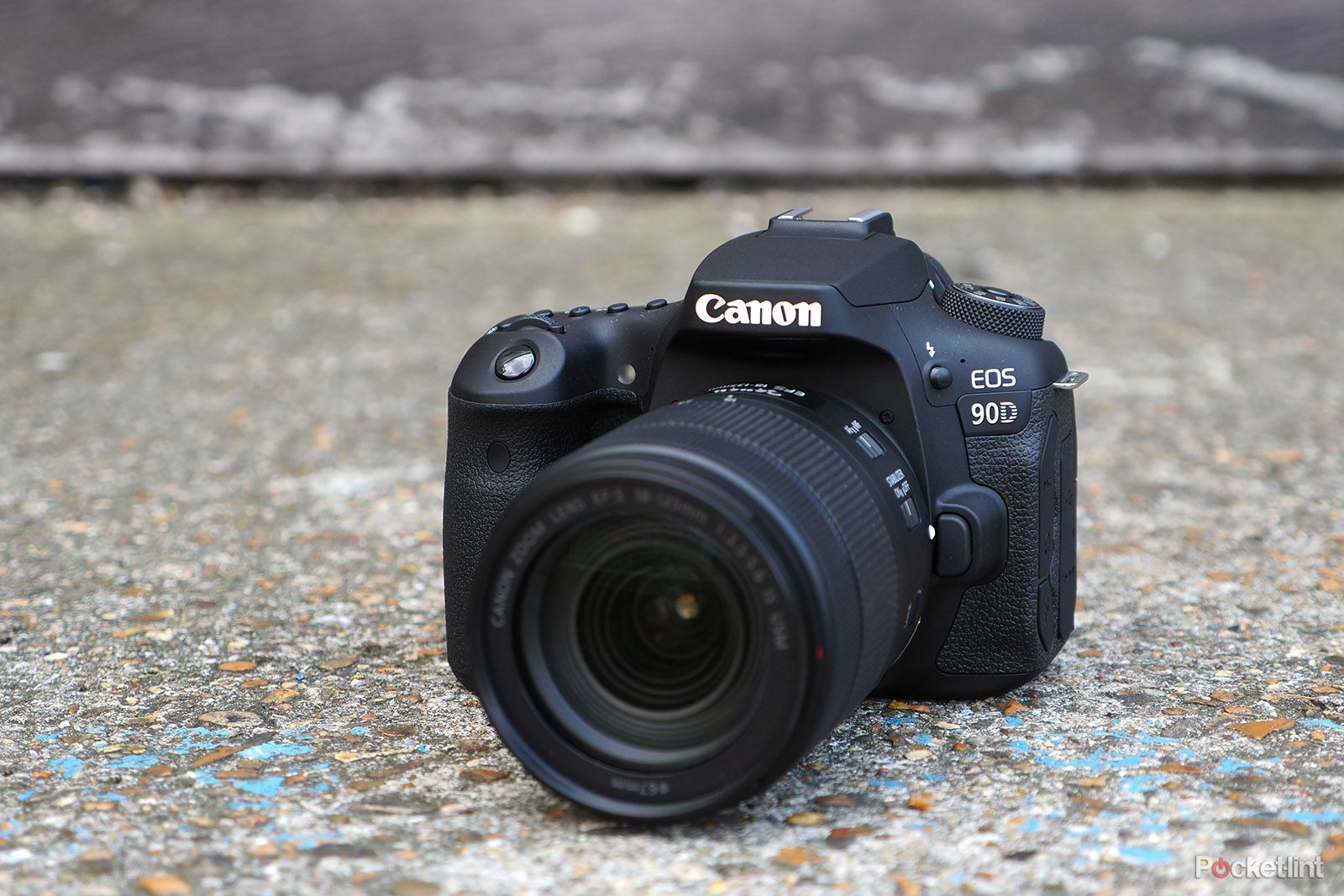
Canon EOS 90D
- Vari-angle screen is very useful
- Capable autofocus system for still and moving subjects
- Video capture is now 4K capable
- High-resolution images are miles beyond casual cameras/phones
- Single SD card slot
- No in-body stabilisation
- Autofocus points don't always illuminate
- High resolution can mean caution when shooting any moving subject
- Limited autofocus options in live view mode
What's new? 80D vs 90D
- 90D: 32.5 megapixel CMOS sensor / 80D: 24.2MP
- 90D: Up to 11fps burst shooting /80D: 7fps
- 90D: 4K video capture / 80D: 1080p max
- 90D: Adds multi-control joystick
- 90D: 701g / 80D: 730g
As mentioned, the 90D brings an all-new sensor to the fore – as does it's 'sister' compact system camera, the EOS M6 II, which we've previewed here – which is an almost 30 per cent boost compared to the 80D. It even surpasses the resolution count of the EOS 5D Mark IV. It's a new world as resolution is concerned, with Canon confident that it can relay quality while upping the count.
Thanks to a newer processor – the Digic 8, which is two generations ahead of the Digic 6 in the 80D – the 90D is also able to capture 4K video (the 80D maxed out at 1080p). The newer camera doesn't crop into the sensor either, so you get like-for-like ratios, i.e. a 50mm equivalent will produce the very same frame as it would for stills shooting.
That new processor also brings some added speed, with a 10fps burst shooting mode, increasing to 11fps in live view. It's Dual Pixel CMOS AF, which as we've seen from other Canon cameras is impressively quick when not using the viewfinder. By comparison, the 80D maxed out at 7fps, so the newer camera has a near 45 per cent boost in this regard.
Although the body of both 80D and 90D look much the same, the newer camera brings in the joystick-style control to the rear, which you might be familiar with in the 7D, for example (it's actually better designed in the 90D, though). It's a more natural way to select focus and make various adjustments.
Otherwise there aren't many physical body differences. Canon has cut some 29g from the weight, not that you'll really notice, while the claimed battery life (using the same battery as the 80D) has also jumped to a rather massive 1300 shots per charge.
We used the camera over a long weekend at the Tokyo Motor Show in Japan and, after 300 shots, only lost one bar of the four-strong battery indicator. So, from that assessment, getting over four-figures onto a card certainly sounds feasible – although perhaps not when capturing video.
Design & Performance
- Vari-angle LCD screen and 100% field-of-view optical viewfinder
- Microphone and headphones in/out (2x 3.5mm ports)
- Dual Pixel CMOS AF autofocus (in all shooting modes)
- 45-point AF system, all cross-type points
- 10fps burst shooting, 11fps in live view
- Wi-Fi and Bluetooth connectivity
- Claimed 1300 shots per charge
We've been lucky enough to nab a final production version of this camera and visit a go-karting track in south London to have a little play with how it performs in dark conditions and with fast-moving subjects.
Thereafter, some weeks later, we've been dashing around Tokyo for work, where a variety of conditions have been available to test its gall. All shots with the 18-135mm f/3.5-5.6 lens, which is ok but not the best match for a capable DSLR body such as this – something faster and sharper, like the 24-70mm f/2.8, would be preferable, but it's a lot more cash to fork out if you don't already own one.
Realistically, the autofocus performance of the 90D isn't much – if anything – ahead of the 80D. But, hey, that's fine, because the 45-point AF system – they're all cross-type points, meaning increased sensitivity in both portrait and landscape orientation – is super-fast. Even in the dark-of-night-setting at the track, we've been able to snap bursts of moving karts with ease, the Servo AF (that's continuous AF in non-Canon speak) easily locking onto subjects while panning.
The only downside when shooting in the dark is that the AF points – they display as black squares through the finder, then red when in focus – don't always illuminate. We've sometimes thought focus had failed and so tried and re-tried to focus, but this is just one of those Canon foibles: the points won't always illuminate.
The obvious boost to the 90D over the 80D is that increased burst mode rate, meaning extra frames snapped in the blink of an eye. It's impressive, and while it can't match some compact system cameras (including the M6 MkII), the true DSLR's AF system is so much better that it doesn't matter. This one works, it's almost effortless – although if there's not a wide aperture to play with then it can cause the shutter speed to be forced too low, as we've found with this lens extended to 135mm.
The live view mode – that's when viewing the preview via the screen rather than through the viewfinder – is also impressively speedy thanks to the Dual Pixel CMOS AF system. The autofocus options are a bit limited here, which makes it feel more compact-camera-esque, but for touchscreen control, video capture, and utilising that vari-angle screen for creative possibilities it makes a lot of sense.
We used it loads for overhead shooting to grab shots of cars on stage at various Tokyo Motor Show briefings – something we wouldn't have been otherwise able to do with accuracy. Plus the burst mode is even faster in this setting, at 11fps.
Overall, the performance of the 90D is everything you'd expect from an enthusiast DSLR camera. It feels well balanced to hold, everything is perfectly positioned for ease of use, the physical buttons make for quick-access to the most needed of settings, and the autofocus system is second to none – save for the sometime lack of illumination through the viewfinder. There are more advanced and more detailed systems out there, but you'll need to pay yet more cash and look to some of Canon's or Nikon's pro range.
Image & Video Quality
- All-new 32.5-megapixel CMOS sensor
- 220k RGB+IR metering sensor
- 4K video (24/25/30fps)
- Digic 8 processor
- ISO 100-25,600
When it comes to image quality, it's perhaps no surprise that megapixel counts are on the increase. Larger images give greater flexibility for large prints or for heavier cropping – the kind of things you can't even nearly do with a phone camera (not that we're realistically comparing the two).
We've often been shooting in dim conditions with the 90D, so if you can see some grain and apparent processing in our gallery of snaps then keep in mind that all images here are shot at four-figure ISO settings.
In one sense that's testament to just how well this DSLR performs even in these low-light conditions. In another sense, however, that increase in resolution does mean some compromise from ISO 6400 and up (it tops-out at ISO 25,600) compared to a lower-resolution sensor, with a uniform grain rather noticeable in JPEG shots (more so in Raw files, but that's the point.
The increase in resolution also dictates how you'll need to handle the camera. No, this isn't a 50-megapixel camera like the 5DS, but the beyond-30MP mark does mean that any tiny physical movements will be amplified in results. As such you'll likely want to adapt for faster shutter speeds to ensure perfect crispness – although a little movement blur adds to the drama of our go-kart pan shot, for example.
However, we've found some zoom shots, paired with a limited maximum aperture lens, have failed to catch that perfect biting sharpness – when capturing a Japanese chef, for example, the 100 per cent detail isn't quite perfectly crisp as a result. An image-stabilised lens is a must for most situations.
At the other end of the scale, however, when using the lowest ISO sensitivities, you can expect a lot more room to play with. As a result shots are bright and colourful, with generally good gradations and lots of detail – so long as your settings are correctly selected – that continues to show how adept Canon is when it comes to image mastery.
The other major part of the 90D puzzle is video (which is almost ironic, given the flip-around-namesake Nikon 90D was the first DSLR to introduce a form of video capture, way back in 2008). Canon's latest can capture 4K at 24/25/30fps, offers Full HD 1080p capture at up to 120fps, there's a clean HDMI out for rig setups, and two 3.5mm jacks to cater for headphones monitoring and microphone recording.
In that sense this is a potential powerhouse on the video front, and a great sign that Canon is finally on board with Ultra-HD capture from its fuller range of consumer devices. However, it's a shame there's still only one SD card slot. We'd rather like two, as these cards will fill up fast with this level of data and such fast burst speeds available. Can't have it all, we suppose.
To recap
At a glance Canon's latest enthusiast DSLR doesn't appear that different to the outgoing 80D. But with a large bump in resolution and burst shooting it's an altogether different beast. Add 4K video shooting and this versatile shooter looks like it will reign as the mid-range master for 2019 and beyond. But treat it with some caution: the high resolution high-stakes does mean grain at higher ISO settings, while moving subjects are more challenging too.

